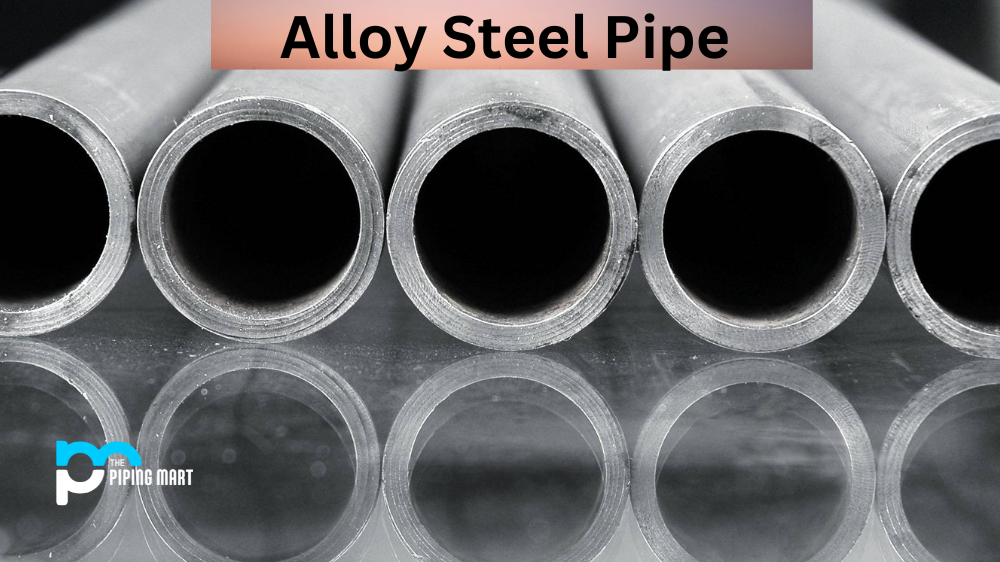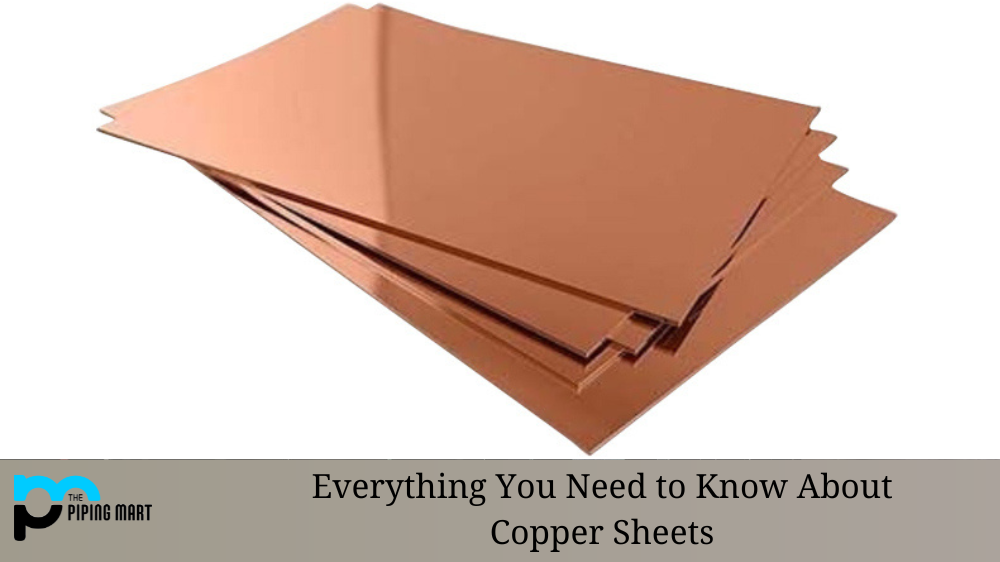Plasma arc machining (PAM) is an advanced cutting process used in various industries since its invention in the 1950s. It is considered one of the most accurate, precise, and rapid techniques for making parts with complex geometries. In this article, we’ll take a closer look at the advantages and disadvantages of plasma arc machining.
Advantages of Plasma Arc Machining
One of the main benefits of PAM is its accuracy. Because it uses a high-temperature arc to melt metal, PAM can create very precise shapes with tight tolerances. This makes it ideal for applications such as aerospace or automotive, where parts need to fit together perfectly. Additionally, PAM can cut through materials much faster than other methods, saving time and money on production costs. The process also produces little to no heat-affected zone (HAZ), meaning there is less risk of warping or distortion when using PAM than other cutting methods. Finally, because PAM does not require additional tools such as drills or end mills, it is more cost-efficient than traditional machining processes.
- Plasma arc machining is a thermal process that uses a plasma torch to heat the workpiece and create a localized area of high temperature.
- Plasma arc machining can cut through materials difficult to machine with traditional methods, such as stainless steel and titanium.
- Plasma arc machining can create precise cuts, making it ideal for applications where close tolerances are required.
- Plasma arc machining is relatively fast, making it ideal for high-production applications.
- Plasma arc machining is a versatile process for various applications, including cutting, welding, and surface hardening.
Disadvantages of Plasma Arc Machining
Despite its many advantages, there are some drawbacks associated with using PAM. One major limitation is that it cannot cut thicker materials due to the high temperatures involved in the process; thus, it may not be suitable for applications that require cutting thick metals or other hard materials. Additionally, PAM requires special safety precautions due to the intense heat generated by the process, which can make it difficult or dangerous for inexperienced operators to use. Finally, because plasma arcs are prone to wandering and moving erratically during operation, they must be monitored closely during use; otherwise, they may cause damage to surrounding areas or personnel nearby if not properly managed.
Limited to Certain Materials
Plasma arc machining is limited to certain materials, including metals, that conduct electricity. This limits the range of materials that can be machined using this process.
Requires High Levels of Skill
Plasma arc machining requires high levels of skill and training to be carried out effectively. This means that it is only suitable for some machinists.
Can Be Expensive
Plasma arc machining can be expensive, as it requires specialized equipment and consumables. This means that it is only sometimes a viable option for businesses on a tight budget.
Time-Consuming
Plasma arc machining can be time-consuming, as each component must be carefully positioned to be machined effectively. This can lead to increased production times and costs.
Health and Safety Risks
Plasma arc machining poses health and safety risks to workers and the general public. These risks include exposure to ultraviolet radiation and electrical and fire hazards.
Conclusion:
Plasma arc machining (PAM) is an advanced cutting process with many benefits over traditional machining techniques, including increased accuracy and speed and decreased production costs and HAZ risk. However, some drawbacks are also associated with it, such as difficulty cutting thick materials and special safety requirements due to its high-temperature output. All things considered, though, plasma arc machining remains one of the most efficient ways for creating precision parts out of metal today—especially when complex shapes are required—and is likely to remain so for years to come. For experienced operators looking for a reliable way to quickly manufacture complex parts from metal without sacrificing quality or accuracy, PAM might be the perfect solution!

Meet Bhavesh, a seasoned blogger with a wealth of knowledge and experience. From metal products manufacturing to retail, Bhavesh has a diverse background in various industries and is dedicated to sharing his insights and expertise with readers.




